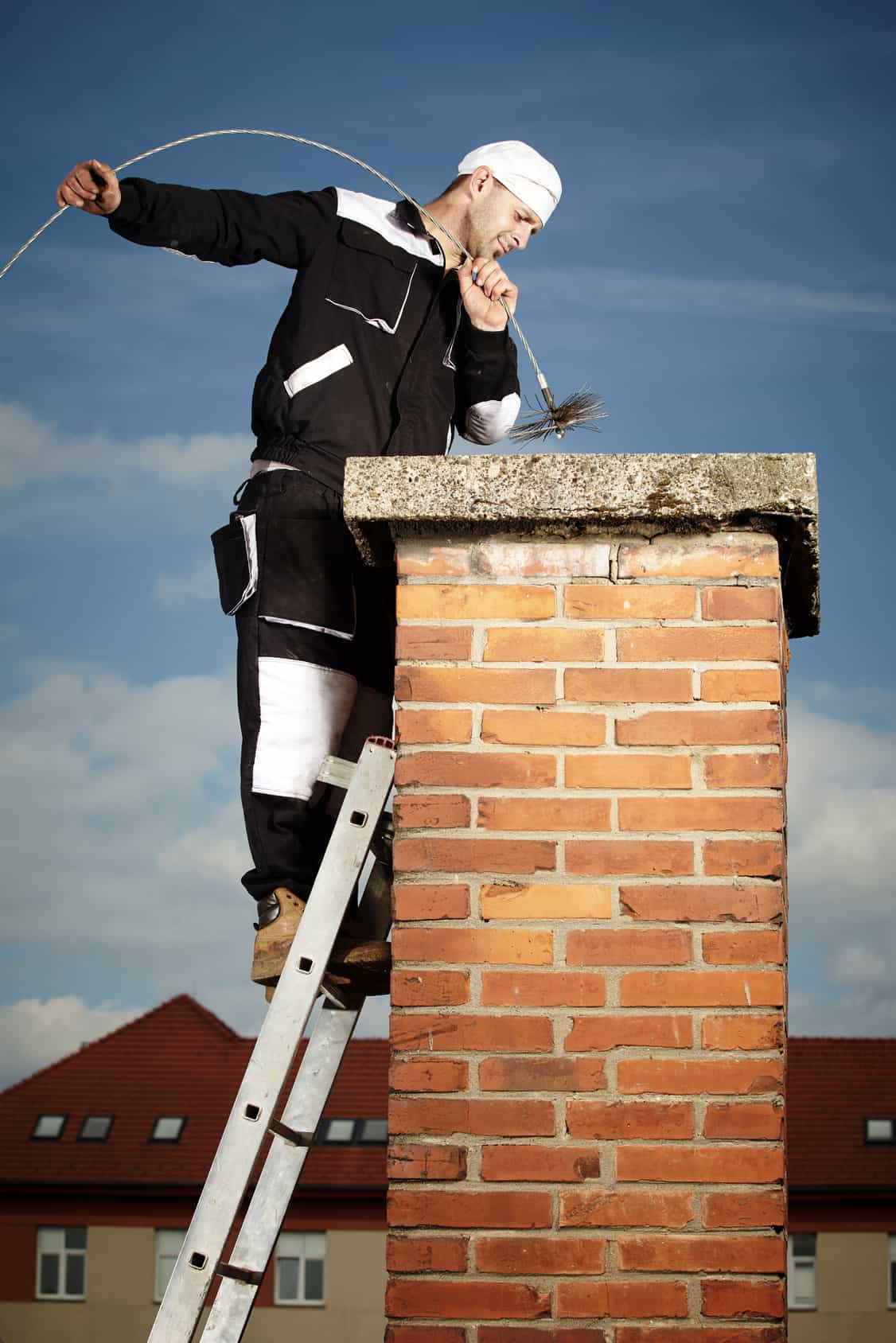Exactly How Normal Chimney Clean San Jose Can Improve Your Fire Place Performance
Exactly How Normal Chimney Clean San Jose Can Improve Your Fire Place Performance
Blog Article
Maintain Reliable Home Heating Solutions: The Significance of Regular Chimney Cleansing
Past plain visual appeals, chimney upkeep serves a crucial duty in the performance and safety and security of a heating system. The consequences of overlooking this essential maintenance can lead to dire consequences, making it imperative for house owners to focus on regular chimney cleansing as an essential part of their family maintenance regimen.
Importance of Smokeshaft Upkeep
Regular chimney upkeep is important for making sure the safety and security and efficiency of your home furnace. With time, smokeshafts gather creosote, an extremely flammable material produced by burning timber, which can cause dangerous chimney fires otherwise appropriately eliminated through regular cleansing. Additionally, debris such as fallen leaves, branches, or even animal nests can obstruct the chimney, causing smoke to support right into your house and revealing passengers to hazardous gases like carbon monoxide gas.
Additionally, a well-maintained smokeshaft advertises efficient heating by permitting proper air movement and air flow. When the smokeshaft is blocked or obstructed, the fire place or heating appliance may not operate optimally, resulting in reduced heating performance and potentially greater power expenses. By organizing regular smokeshaft assessments and cleanings, home owners can prevent expensive repair services and make certain that their heater operates securely and effectively throughout the cooler months. Investing in specialist chimney upkeep is a small price to pay for the tranquility of mind and comfort it gives your home.
Preventing Smokeshaft Clogs

In addition to soot, particles like branches and fallen leaves can locate their way right into the chimney, particularly if a smokeshaft cap is not mounted or is damaged. Implementing preventative procedures such as setting up a smokeshaft cap and organizing regular chimney assessments are effective means to minimize the risk of obstructions and make certain the secure operation of your heating system.
Enhancing Furnace Effectiveness
Improving the effectiveness of a heating unit is crucial for making best use of efficiency and lowering power usage in industrial and residential setups. One key technique to improve heating system performance is by making sure appropriate insulation. Insulation helps prevent warm loss, allowing the heating unit to keep the preferred temperature level extra efficiently. Furthermore, upgrading to a programmable thermostat can considerably enhance efficiency by managing temperature levels based on occupancy patterns, lowering energy waste when heating is not called for. Routine upkeep, such as cleaning or replacing air filters, is essential for optimum performance. Filthy filters limit air flow, making the system job harder and eat even more power. Conducting yearly specialist assessments can likewise identify and resolve any issues that may be hindering efficiency. One more means to enhance effectiveness is by securing ducts to stop leakages, guaranteeing that heated air reaches its intended destination without escaping. By executing these strategies, home heating systems can operate more here are the findings successfully, causing cost savings and reduced environmental influence.
Lessening Fire Dangers
Regular chimney cleansing plays an essential role in minimizing the risk of fires. By ensuring that the chimney is tidy and free of obstructions, such as nests or debris, property owners can mitigate this danger.
In addition to chimney maintenance, proper setup and upkeep of heating appliances are necessary for fire avoidance. Keeping flammable products at a secure range from home heating resources and utilizing protective barriers can further lower the danger of fires in the home.

Making Sure Safe Indoor Air Quality
Preserving optimal indoor air quality is vital for the health and well-being of occupants in any type of space. Interior air contamination can stem from different resources, consisting of cooking fumes, cleansing items, family pet dander, and even the combustion byproducts of furnace. When smokeshafts are not cleaned frequently, they can become clogged with particles, creosote, and soot, leading to inadequate ventilation and possible backdrafts of hazardous gases like carbon monoxide gas into the home. These contaminants can trigger breathing concerns, allergic reactions, headaches, and in extreme great post to read instances, carbon monoxide gas poisoning.

Regular smokeshaft cleansing is important in making certain that these unsafe compounds are successfully gotten rid of outside, avoiding them from distributing within the interior environment. Focusing on chimney upkeep as part of total indoor air top quality initiatives is a positive action in the direction of developing a secure and comfortable living environment.
Final Thought

Over time, smokeshafts collect creosote, a highly combustible substance produced by burning timber, which can lead to hazardous smokeshaft fires if not appropriately eliminated with regular cleaning. When the smokeshaft is blocked or blocked, the fire place or heating appliance may not work optimally, leading to reduced home heating effectiveness and possibly greater power expenses.In addition to soot, particles like branches and fallen leaves can locate go to this website their method into the smokeshaft, specifically if a smokeshaft cap is not installed or is harmed. Carrying out preventative measures such as installing a smokeshaft cap and organizing routine smokeshaft evaluations are effective means to reduce the threat of clogs and make sure the secure procedure of your heating system.
It is important to prioritize chimney maintenance to avoid expensive repairs and possible health threats linked with an overlooked smokeshaft.
Report this page